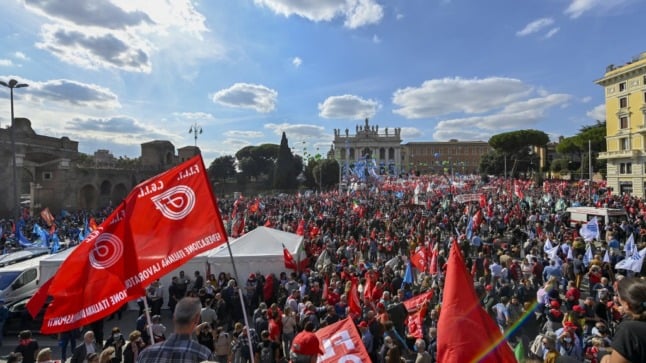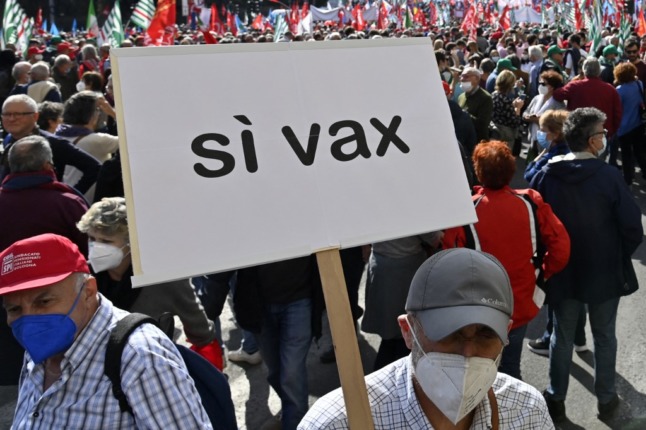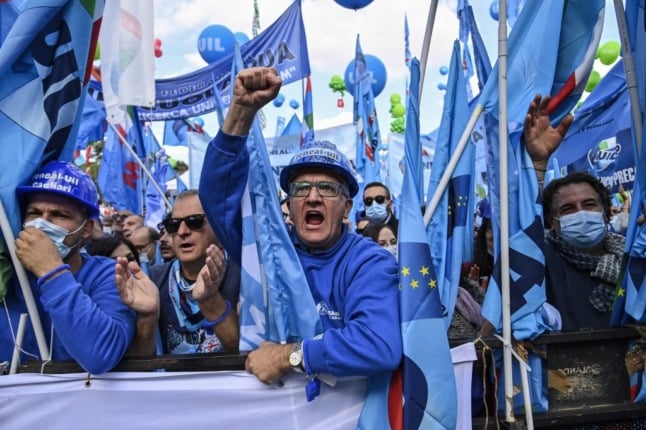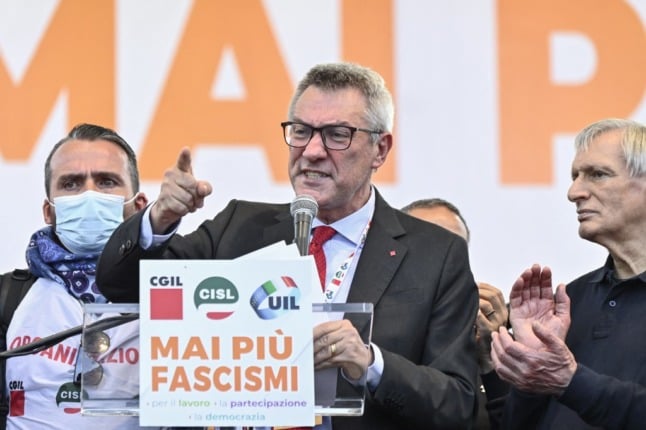Works to build the church got underway in Casal Bernocchi more than a year ago, but were soon stopped because of the presence of archaeological remains.
Since then, the ruins have been fully excavated and have revealed a bath-house and series of ancient tombs, which date to between the first and fourth century AD.
The remains of the bath-house show its plumbing and heating system which allowed the ancient Romans to indulge in daily hot baths. The digs also revealed the bathing area's spectacular black and white tile floor mosaics.
“We're not sure if the bath house was annexed to a villa,” archaeologist Renato Sebastiani told Rome Daily, Il Messaggero. But experts think the baths could have simply been a sort of ancient Roman service station, offering a moment's relaxation to weary travellers.
Some 2000 years ago, the area of Casal Bernocchi sat alongside the Roman highway, Via Ostiense – which ran between the port city of Ostia Antica and the Eternal City and was much trodden by traders.
“The baths could have been a stop-off point along the road, we know of the existence of others,” Sebastiani added.
A skeleton found in one of the graves. Photo: Archaeological Superintendency Rome
The ancient tombs revealed tens of bodies which had been buried according to different styles over the course of four centuries.
In the earliest tombs, the dead had been cremated and buried inside funerary urns, but the more recent corpses were fully laid out according to the early Catholic tradition.
Inside the tombs archaeologists found bracelets, rings, coins and jars which had been buried with the dead.
“The bodies were all lower-middle class Romans who died aged between 20 and 40 years old,” anthropologist Paola Catalano told Il Messaggero.
“They are people who lived very modest lives,” she added.
A study of hundreds of Roman skeletons earlier this year revealed the average worker in Rome 2000 years ago rarely lived beyond 30 and was beset by a number of health issues.






 Please whitelist us to continue reading.
Please whitelist us to continue reading.
Member comments